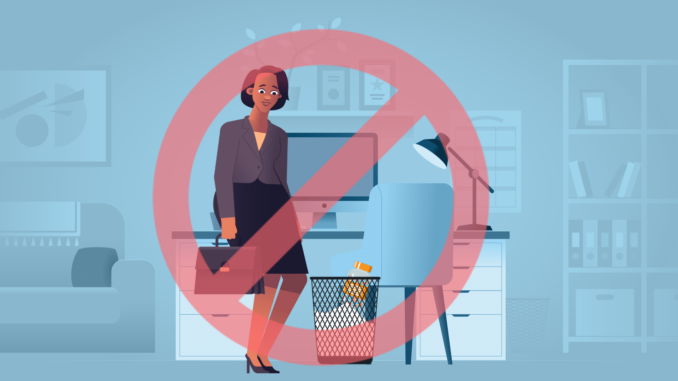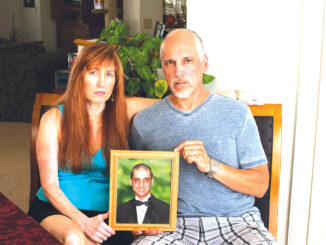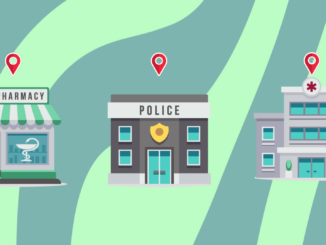
Proper disposal keeps dangerous drugs out of the environment
by Allen Pierleoni
California leads the nation in addressing issues that are vital to the public health and safety, and the environment. One crucial piece is the California Statewide Drug Take-Back Program, funded by the California Department of Health Care Services and administered by the California Product Stewardship Council.
“The bin program helps the environment and the community at the same time. We want to get more bins out there.”
Janna Faulk, Recycling coordinator, Salinas Valley Recycles
The program targets the opioid crisis and the mishandling of other controlled and over-the-counter drugs. At its heart is a statewide network of safe disposal drug take-back bins, placed in pharmacies, hospitals with pharmacies, and law-enforcement agencies for public use.
Anyone can anonymously deposit unwanted medications into the bins, rather than endanger the environment, water supply, and possibly lives by stockpiling them at home, flushing them down the toilet, or throwing them in the trash. The discarded drugs are disposed of in accordance with state regulations.
In one way or another, thousands of people across California touch this chain of events, including Janna Faulk, the recycling coordinator for Salinas Valley Recycles in Monterey County.
Faulk coordinates the six take-back bins in the Salinas Valley area, and brought in Montage Health of Monterey as a partner.
“Salinas Valley Recycles is the point of contact to ensure the bin contents are disposed of properly,” Faulk says. Between 2019 and 2020, “we removed 1,294 pounds of pharmaceuticals from our six bins, which could have ended up in the groundwater,” Faulk adds.
The bin program is making a major difference in the Salinas Valley, says Faulk. “Removal of pharmaceuticals prior to them getting into the waste stream is the best course of action, and the program is taking a lot of them out of our waterway and groundwater.”
Beyond that, “The wastewater in Salinas and on the Monterey Peninsula is treated and then used (to irrigate agriculture), so any medications we can pull out of the waste streams is huge,” Faulk says.
Another driving force who helped arrange for the bins is Dr. Reb Close of the Community Hospital of the Monterey Peninsula.
“Monterey County is uniquely able to benefit from this service, given our reliance on our agricultural and commercial fishing industries, and tourism related to our marine life and beautiful coastlines,” Dr. Close says. “Without these bins, thousands of pounds of medications would have potentially ended up in our water supply and our trash, or would be available for potential misuse.”
The bottom line, says Faulk: “The bin program helps the environment and the community at the same time. We want to get more bins out there.”
To find a bin near you, go to medtakebackcalifornia.org.
Read more stories about med bins in California’s South Central Valley.
Brought to you by the California Drug Take-Back Program and the California Product Stewardship Council.
Recent facebook posts from California Product Stewardship Council

The California Product Stewardship Council (CPSC) is a powerful network of local governments, non-government organizations, businesses, and individuals supporting policies and projects where producers share in the responsibility for managing problem products at their end of life.
CPSC is California’s thought leader and expert on Product Stewardship and the Extended Producer Responsibility (EPR) movement.
EPR enjoys the support of more than 26 million Californians. That’s nearly 70% of the state's population! Nearly 150 resolutions have been passed by California local jurisdictions and organizations supporting a more sustainable and toxic free environment through product stewardship. CPSC works closely with companies who have redesigned products for reuse as well as those who have established pilot or permanent collection programs with some sharing of costs with others in the product chain.
California Product Stewardship Council



